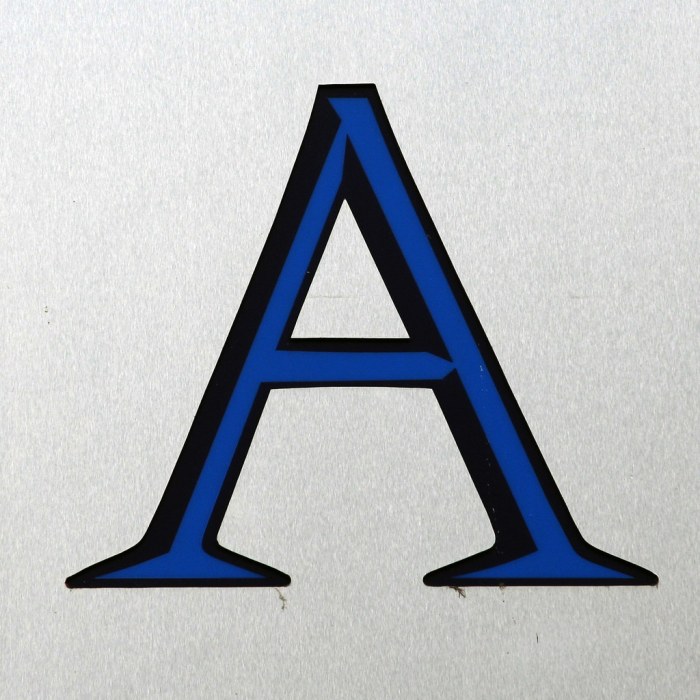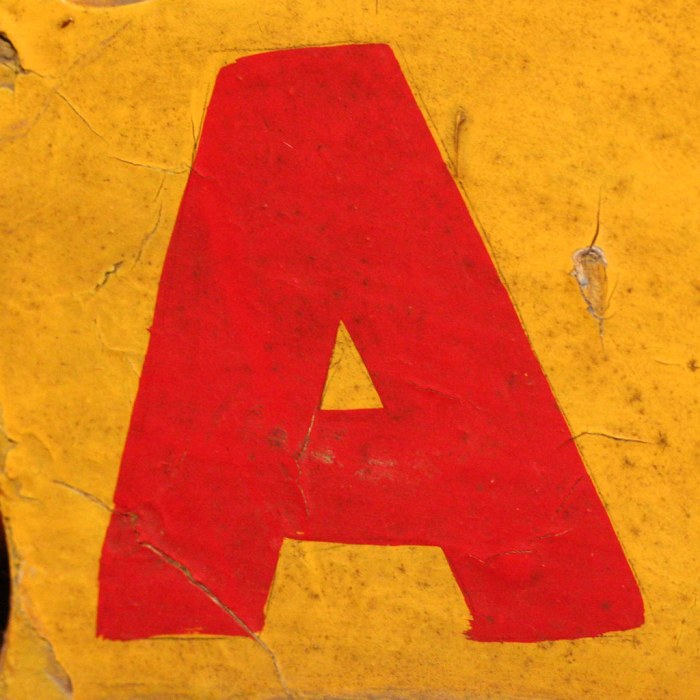Which particle diagram represents one pure substance only – Particle diagrams are a powerful tool for visualizing the arrangement of atoms, molecules, and ions in a substance. These diagrams can be used to identify pure substances, which are composed of only one type of particle, and mixtures, which contain two or more types of particles.
In this article, we will explore which particle diagrams represent one pure substance only, examining their characteristics and how they can be used to analyze chemical reactions.
The content of the second paragraph that provides descriptive and clear information about the topic
Identifying Pure Substances in Particle Diagrams: Which Particle Diagram Represents One Pure Substance Only

A pure substance is a substance that has a uniform composition and distinct properties. In a particle diagram, a pure substance is represented by a collection of particles that are all the same type. For example, a particle diagram of water would show only water molecules, while a particle diagram of air would show a mixture of nitrogen, oxygen, and other gases.
Characteristics of Particle Diagrams of Pure Substances
- All particles are the same type.
- The particles are arranged in a regular pattern.
- The particles are not moving.
Comparing and Contrasting Particle Diagrams of Pure Substances and Mixtures
A mixture is a combination of two or more pure substances. In a particle diagram, a mixture is represented by a collection of particles that are different types. For example, a particle diagram of saltwater would show both water molecules and salt molecules.
Key Differences Between Particle Diagrams of Pure Substances and Mixtures
- Pure substances contain only one type of particle, while mixtures contain two or more types of particles.
- Pure substances have a regular particle arrangement, while mixtures have a random particle arrangement.
- Pure substances have particles that are not moving, while mixtures have particles that are moving.
Using Particle Diagrams to Analyze Chemical Reactions
Particle diagrams can be used to analyze chemical reactions by showing the changes in particle arrangements that occur during a reaction. For example, a particle diagram of the reaction between hydrogen and oxygen would show the hydrogen and oxygen molecules combining to form water molecules.
Limitations of Using Particle Diagrams to Represent Chemical Reactions, Which particle diagram represents one pure substance only
- Particle diagrams do not show the energy changes that occur during a reaction.
- Particle diagrams do not show the intermediate steps of a reaction.
- Particle diagrams do not show the three-dimensional nature of a reaction.
Creating Particle Diagrams for Hypothetical Substances
Particle diagrams can be used to create models of hypothetical substances. These models can be used to predict the properties of the substances and to design new materials.
Guidelines for Designing Particle Diagrams of Hypothetical Substances
- The particles should be arranged in a way that is consistent with the properties of the substance.
- The particles should be drawn to scale.
- The particle diagram should be clear and easy to understand.
Applications of Particle Diagrams in Science and Engineering
Particle diagrams are used in a variety of fields of science and engineering, including:
- Chemistry
- Materials science
- Chemical engineering
- Biochemistry
Particle diagrams are used to understand material properties, design new materials, and predict chemical behavior.
FAQ Overview
What is a pure substance?
A pure substance is a substance that is composed of only one type of particle, such as atoms, molecules, or ions.
What is a mixture?
A mixture is a substance that is composed of two or more types of particles, such as atoms, molecules, or ions.
How can particle diagrams be used to identify pure substances?
Particle diagrams can be used to identify pure substances by examining the arrangement of particles in the diagram. In a pure substance, all of the particles will be the same type.




